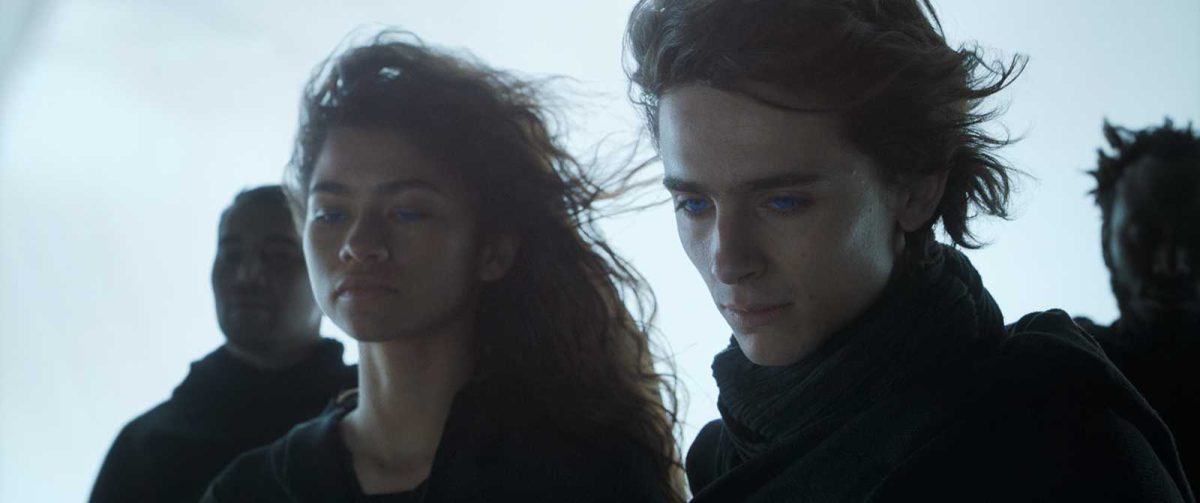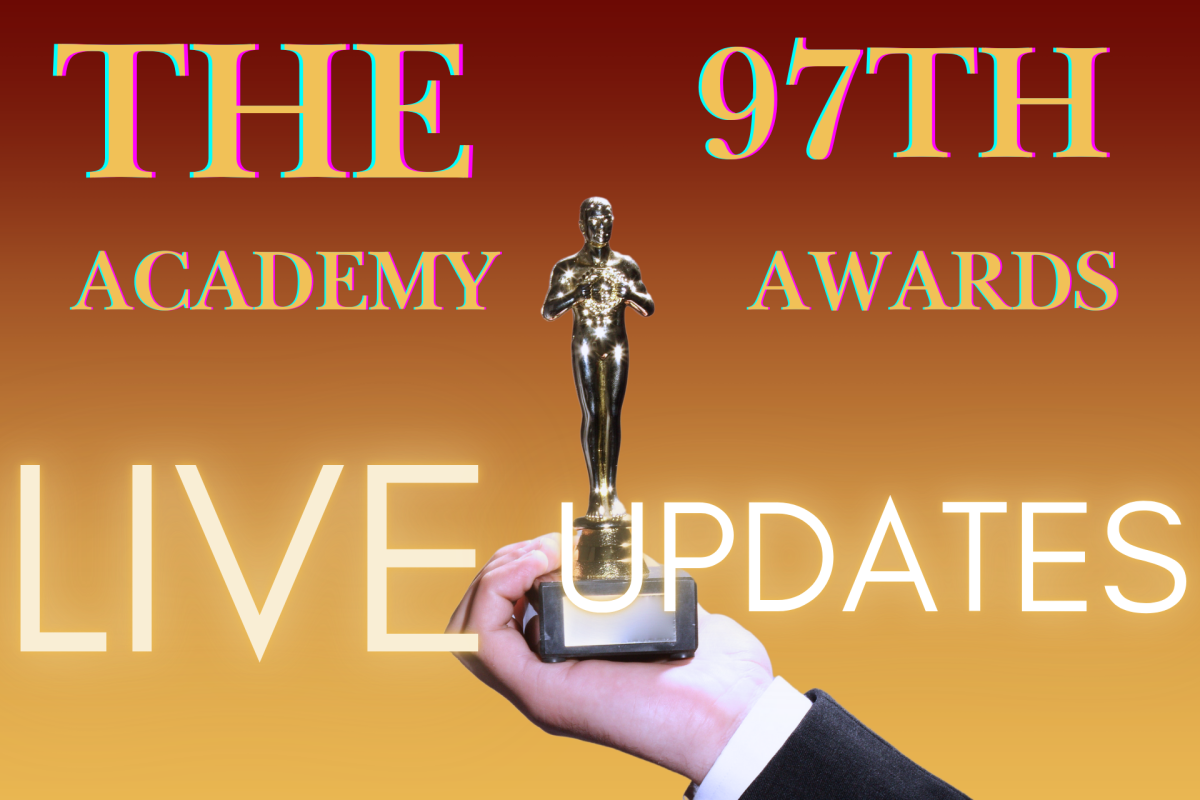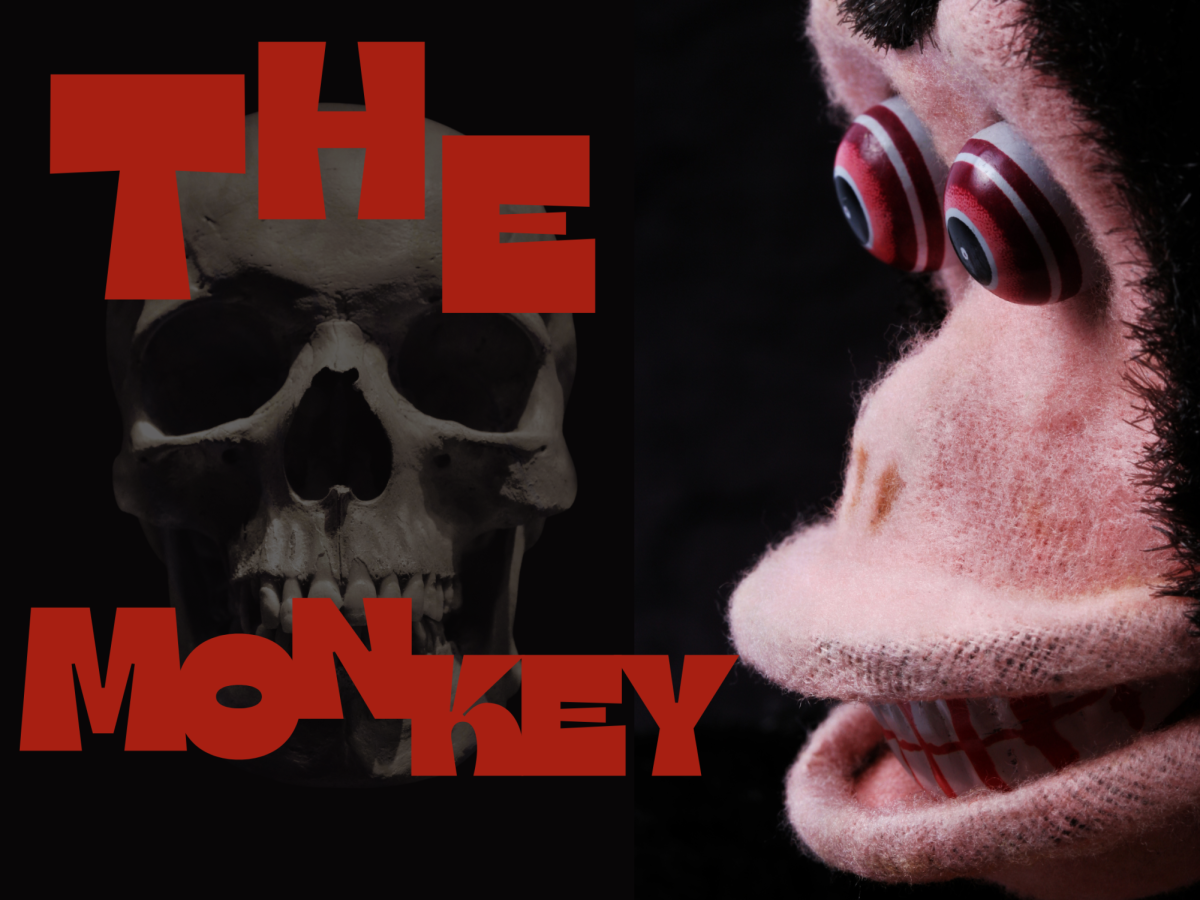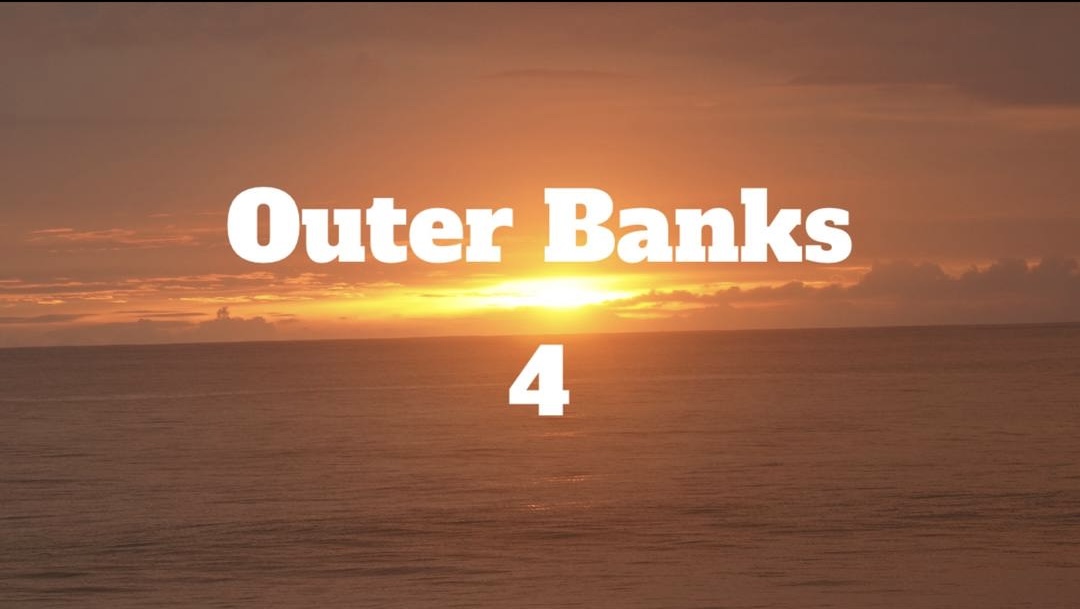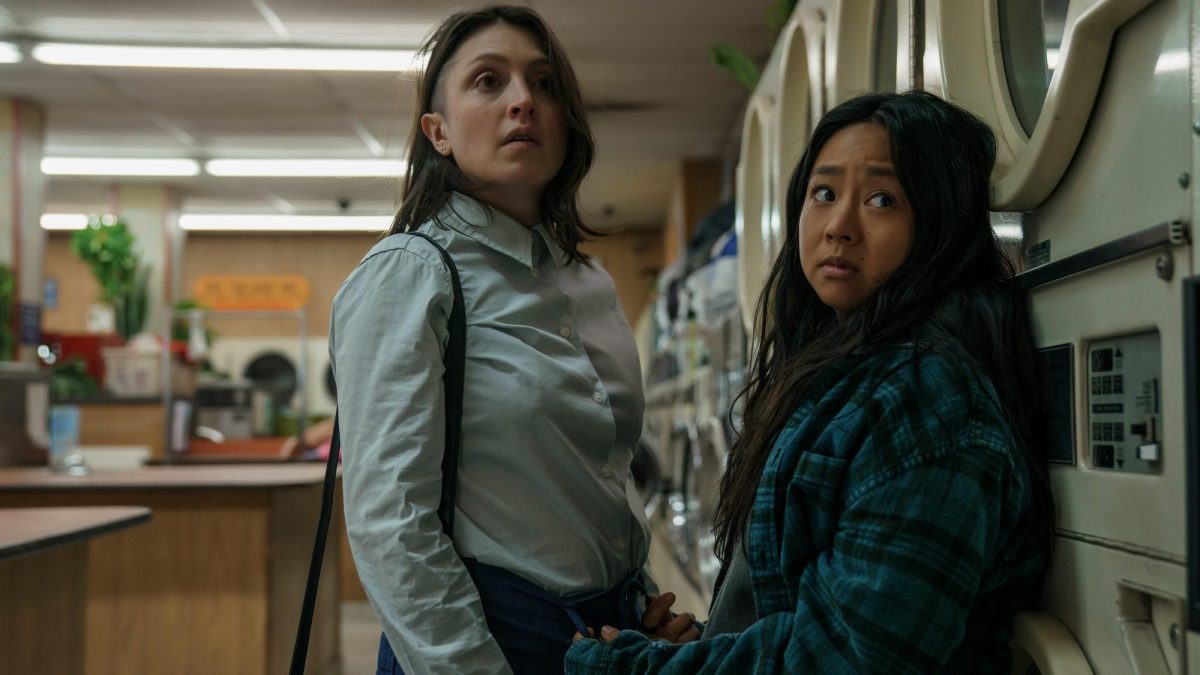“Dune” is a visual masterpiece that tells half a story, leaving viewers desiring the rest.
Director Denis Villeneuve is known for his visually appealing films with strong stories such as “Sicario” and “Blade Runner 2049”, and “Dune” is no different. The film features enough visual and digital effects that provide verisimilitude of what the future of space travel and new planets could be like, as well as the political drama there too. However, this does not distract viewers enough from the fact that the film is only telling half a story.
“Dune” had its release delayed almost a full year due to the global pandemic before being released on Oct. 21 simultaneously in theaters and streaming service HBO Max. “Dune” tells the story of Paul Atreides (Timothée Chalamet) and his family being a governing power over a new planet, Arrakis. Paul’s father, Leto (Oscar Isaac), knowing the political climate him and his family are currently in, tries to make the best of the situation, but begins to plan for the worst as he knows taking charge of the planet is a trap waiting to be sprung. The film also stars Rebecca Ferguson, Stellan Skarsgård, and Zendaya.
A big issue is presented from the beginning of the movie with the opening title card that read “Dune: Part One” which may catch viewers off guard. The original “Dune” novel, written by Frank Herbert, was split into two parts and director Villeneuve decided to do the same with the film. This sets up a sense of disappointment as viewers know from the start that they are being presented with half a story. The sequel was not green-lit by Legendary Pictures until five days after its worldwide release.
“Dune” still tells a great story that is backed by a strong supporting cast. We see a mix of different characters, such as Duncan Idaho (Jason Momoa) and Gurney Halleck (Josh Brolin) that represent the Atreides family, to Stilgar (Javier Bardem) who represent the leader of the Fremen people native to Arrakis. The acting and storytelling of the characters help provide the feeling of a planet with a different mix of people, races, and even species.
Director Villeneuve and cinematographer Greig Fraser provide a visual escape that has a mix of the distant future as well as the vast and threatening nature of the desert. Many of the scenes have a monochromatic tone that is broken up with sharp contrasting colors that emphasize the action taking place on screen.
Early in the film, we see a training scene between Chalamet’s Paul and Brolin’s Halleck where the scene is full of a warm color palette with the sun of Arrakis shining through the windows. While sparring, they both wear a full-body shield that acts like a force field, surrounding the wearer. While they are sparring, any hit they took that was blocked by the shield would shimmer blue, while any attack that was threatening to hurt the wearer would shimmer red. These red and blue colors starkly contrast with the overall warm monotone colors of the scene that help amplify the action happening on screen.
With captivating storytelling backed with beautiful visuals, “Dune” is a fun watch that will leave you wanting more and have you waiting until its second part is released.

